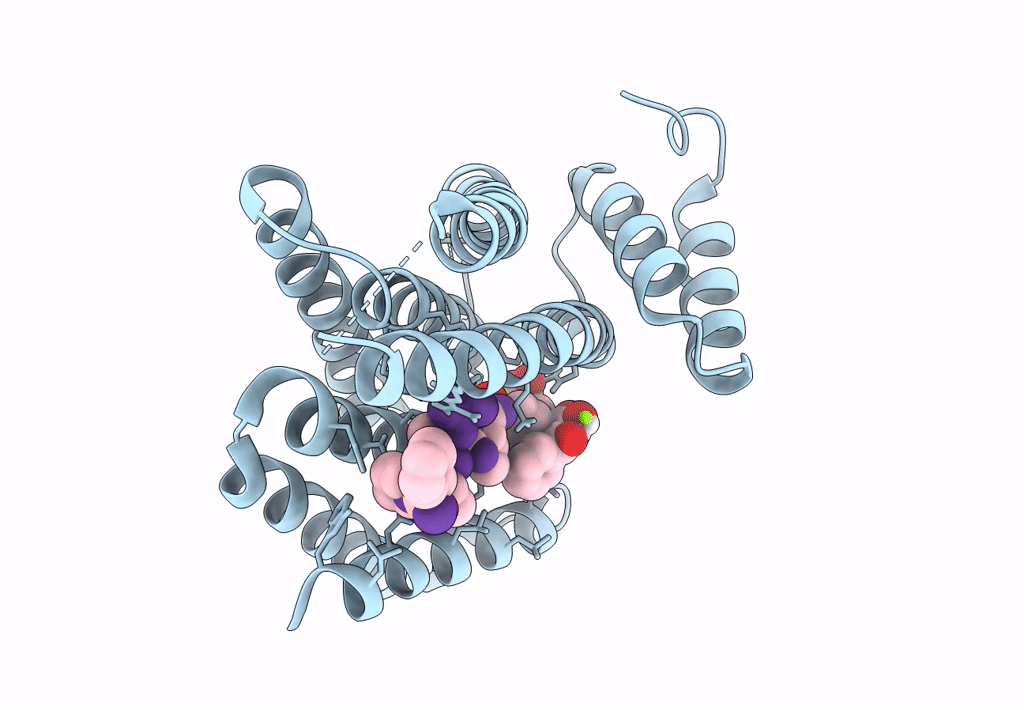
Deposition Date
2021-10-07
Release Date
2022-12-21
Last Version Date
2024-11-20
Entry Detail
PDB ID:
7PWZ
Keywords:
Title:
Crystal structure of 14-3-3 sigma in complex with a C-terminal Estrogen Receptoralpha phosphopeptide, stabilised by Pyrrolidone1 derivative 228
Biological Source:
Source Organism:
Homo sapiens (Taxon ID: 9606)
Host Organism:
Method Details:
Experimental Method:
Resolution:
2.50 Å
R-Value Free:
0.29
R-Value Work:
0.24
R-Value Observed:
0.24
Space Group:
C 2 2 2


